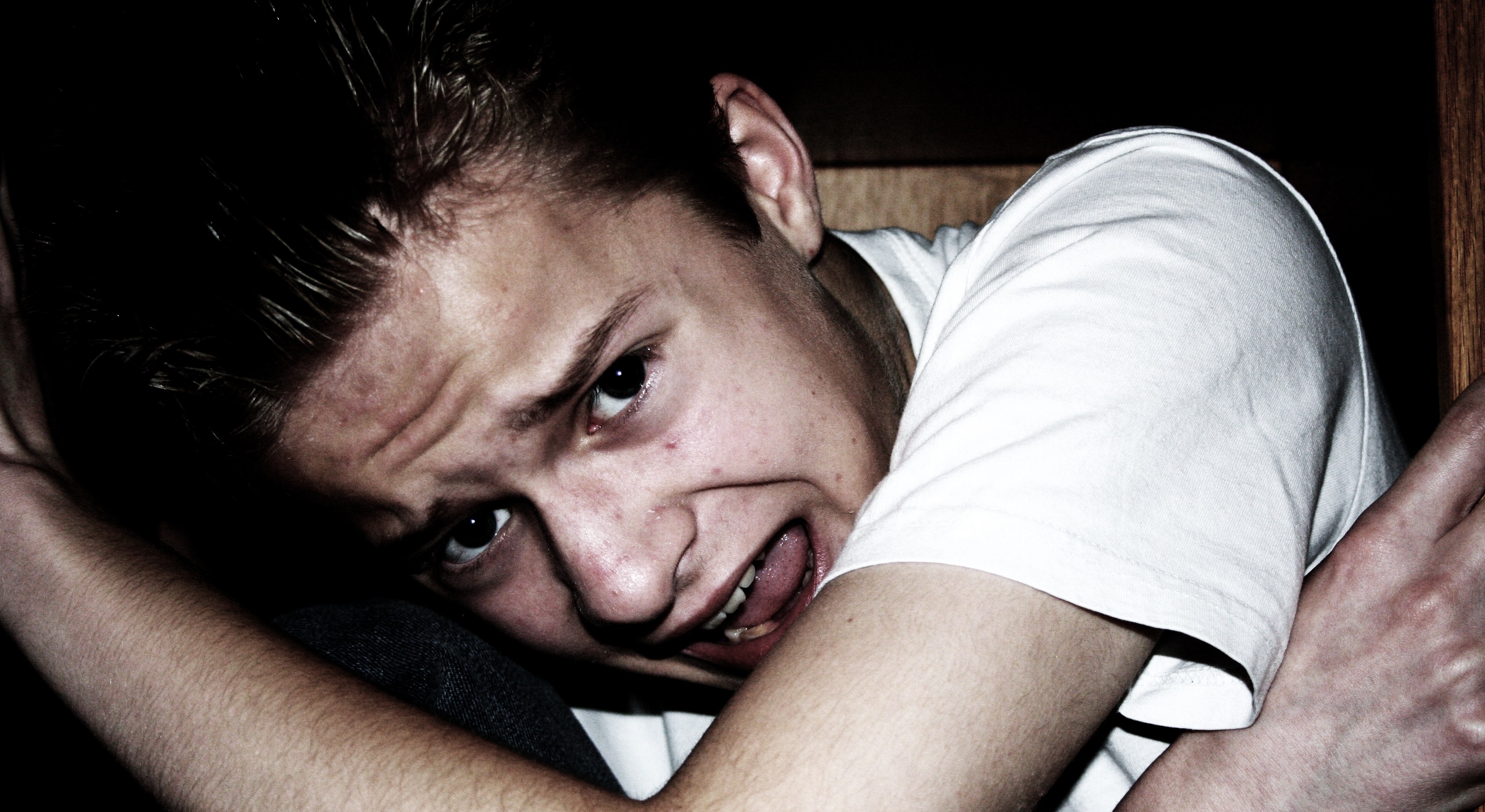Anyone would feel a little nervous to look down from a tall tower or to walk through a dark tunnel. But, most of them would easily get through this fear, and continue with the everyday life. However, some won’t. The fear and nervousness can instantly spawn an upsetting panic attack, and the fear remains for a longer time period. This type of anxiety which onsets due to a particular matter or condition is known as phobic anxiety or specific phobias.
Specific phobias, also known as simple phobias, are signified by irrelevant fear and worry of experiencing a certain object or situation which generally is harmless and possess no risk at all. Even a mere thought of confronting them might panic the person. The anxiety can lead the person to avoid any circumstances related with the fear to the extent that his/her daily living is interrupted. Common phobias include the fear of elevators, snakes, dogs, insects, blood stains, water, flying, tunnels, flying, etc.

How Common are Specific Phobias?
Studies show that at least 11 percent of men and women get certain phobias at some point in their lives. Women are more likely to be affected by these phobias than men. These phobias commonly start in early childhood or adolescence. Fear of animals, insects, blood and injuries develop mostly in childhood and early adulthood. Other types of fear associated with heights, enclosed places or driving can occur in childhood, get paused and reappear in adulthood.
What Causes Specific Phobias?
Different factors can cause specific phobias to occur in a person, such as:
Genetic factors
Although it’s still unclear how genes play a role to cause such fear, a person is very likely to develop a similar phobia that his/her other family member or forefathers previously had. Certain fear related with blood and injuries have been strongly seen running in families.
Traumatic Situations
Many phobias might occur as a consequence of any traumatic event faced by the person. A person who has been attacked by a dog once might get fear of dogs. A person might develop a fear of heights if he/she had previously fallen down or witnessed someone else fall down from a height. These types of instances can establish certain kinds of fear in a person.
Depression
If a person has been depressed since a long time period, he/she also can develop certain phobias. Particularly, the person’s mental strength is weakened due to depression, and any traumatic incident can trigger specific phobias to occur.
What Are The Symptoms of Specific Phobias?
Common symptoms that can occur with both children and adults are signified by severe panic attacks. Following signs may be seen in people with certain phobias:
- Constant and irrelevant fear of a certain material or situation such as flying, heights, dogs, insects or blood stains
- Severe panic attacks that can immediately happen after exposure to such fearful subjects
- Avoidance of such fearful subjects completely that can disrupt the everyday life
- Unreasonable anticipation of such fearful subjects, even in normal situations
- Children won’t realize that the fear is reasonable, whereas adults do recognize that the fear is illogical and senseless
- Clingy behavior and showing tantrums (only in children)
- Physical signs accompany panic attacks that include trembling, difficulty in breathing, racing heart beats, chest pain, sweating and clammy hands, nausea and vomiting, abdominal uneasiness, diarrhea, dizziness or fainting, dry mouth, muscle tension and detachment from external reality
When to Visit a Doctor?
If you or your child has been experiencing the above symptoms for at least six months or above it and has visibly affected a normal living, then you should immediately consult a doctor for treatment. However, if your phobia is not creating any disturbance to your everyday living, then it might not be necessary to visit a doctor. For instance, if you have a fear of hospitals but have no event /situation that will keep you close to hospital, then you won’t have any trouble in your everyday living. But if you need to visit hospitals often, then you need to get help.
What Is The Treatment for Specific Phobias?
A combined cognitive behavioral therapy and medication would help to treat specific phobias.
Cognitive Behavioral Therapy (CBT)
Cognitive Behavioral Therapy is a treatment method where a therapist would explore through the negative thoughts and images, associated with the fear, within you . The therapist would teach different coping skills to confront these fears more easily. Moreover, the major aim of CBT is to replace these negative images with positive ones. CBT helps to modify the thoughts and behavior in order to deal with the fear and anxiety.
Exposure therapy
This is one of the effective therapies used in the treatment of phobias. The person is exposed to the certain object or situation that triggers the fearful reaction. The therapist studies why and how the person actually shows the fear and nervousness, and develops ways to control them. The person is regularly exposed to such fearful subjects until the fear subsides.
Medications
Commonly used medications for phobias are anti-anxiety medicines to keep the fear in control. Also, anti-depressant medicines can be used in severe cases to help the person deal with the distress and tension. The medicines are given for a long time period only if the phobia is accompanied by a panic disorder or depression.